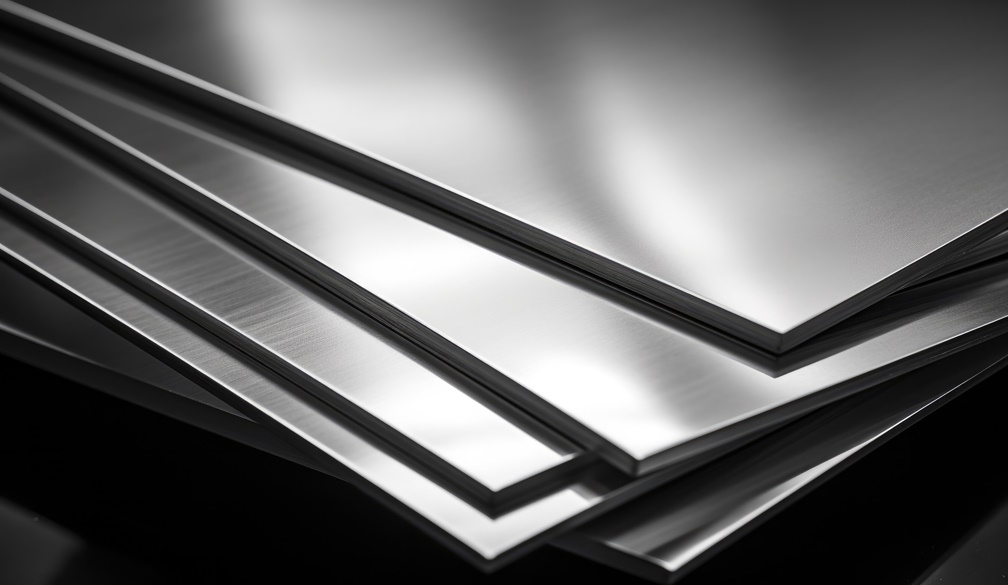Unlocking the Power of Hard Chrome: A Comprehensive Guide

Image by freepik
Hard chrome has long been celebrated for its remarkable ability to extend the lifespan and performance of metal components. From heavy-duty industrial machinery to precision tools, this robust surface treatment offers a blend of durability, corrosion resistance, and friction reduction that few other processes can match. If you’re considering ways to enhance your equipment’s longevity or improve the efficiency of moving parts, understanding the benefits and applications of hard chrome is essential.
What Is Hard Chrome?
At its core, hard chrome refers to a thick, wear-resistant layer of chromium deposited onto a metal surface through an electroplating process. Unlike decorative chrome finishes that focus on appearance, hard chrome coatings typically range from 25 to 250 microns in thickness. This substantial layer transforms ordinary steel or iron into a surface that can withstand extreme abrasion, reduce metal-to-metal contact, and protect against rust and chemical damage.
The process begins by thoroughly cleaning and preparing the substrate, ensuring any contaminants or old coatings are removed. The part is then submerged in a chromic acid bath, where an electrical current causes chromium ions to adhere to the workpiece. Precise control of current density, bath composition, and temperature ensures a uniform, defect-free layer that bonds tightly to the underlying metal.
The Unrivaled Benefits of Hard Chrome
One of the primary reasons industries rely on hard chrome is its exceptional wear resistance. Machinery components—such as hydraulic cylinders, piston rods, and bearings—often face relentless friction and abrasion. Applying a hard chrome layer dramatically reduces surface degradation, minimizing downtime and extending maintenance intervals.
Corrosion resistance is another hallmark of hard chrome. In environments where moisture, chemicals, or extreme temperatures threaten metal integrity, this coating acts as a formidable barrier. Marine equipment, mining tools, and chemical processing vessels all benefit from the enhanced protection that hard chrome provides.
Perhaps less obvious but equally valuable is the reduction in friction that hard chrome offers. The smooth, dense surface decreases sliding resistance, leading to more efficient operation and lower energy consumption. This characteristic is particularly important for parts in continuous motion, such as conveyor rollers and industrial hydraulics.
Applications of Hard Chrome Across Industries
The versatility of hard chrome plating makes it a staple in diverse sectors. In the automotive world, suspension components, engine pistons, and steering parts receive hard chrome treatment to withstand high loads and offer smooth performance. Aerospace manufacturers rely on hard chrome for landing gear struts and critical hydraulic elements, where failure simply isn’t an option.
In manufacturing, hard chrome coatings restore worn machine beds, guide rails, and cutting tools. This restorative capability not only prolongs equipment life but also ensures precision by maintaining exact dimensions. Heavy industries like steel mills and pulp mills utilize hard chrome to protect rollers, bearings, and valves from abrasive slurries and intense operational demands.
Even consumer products benefit from hard chrome. Kitchen appliances, hand tools, and outdoor hardware often feature hard chrome finishes for a combination of aesthetic appeal and functional toughness. Its ability to resist surface scratching and staining keeps everyday items looking and performing like new.
The Hard Chrome Process: Key Considerations
Achieving a high-quality hard chrome coating requires meticulous process control. Surface preparation is critical; any oils, rust, or contaminants can lead to poor adhesion and eventual peeling. Pre-treatments such as sandblasting or acid etching are common to ensure a pristine substrate.
During electroplating, factors like current density, bath composition, and temperature must be carefully monitored. High current densities can accelerate plating but may introduce stress or cracks, while low densities result in slower deposition and potentially weaker coatings. Maintaining the correct electrolyte chemistry ensures consistent chromium ion availability and a uniform finish.
Post-plating, parts often undergo grinding and polishing to achieve the desired surface finish and dimensional accuracy. This step is crucial for applications requiring tight tolerances or ultra-smooth surfaces. Professional hard chrome platers also test coating thickness and adhesion to guarantee performance under demanding conditions.
Environmental Impacts and Advances in Hard Chrome Alternatives
Despite its benefits, the traditional hard chrome process raises environmental concerns due to the use of hexavalent chromium, a known carcinogen. Strict regulations require proper handling and waste treatment to protect workers and the environment. Many plating facilities now invest in advanced scrubbers, sealed systems, and recycling methods to minimize hazardous emissions.
In response to these concerns, alternative coatings have emerged. Trivalent chromium plating offers similar corrosion resistance with reduced toxicity, while thermal spray and physical vapor deposition techniques provide other means of applying hard, wear-resistant layers. However, for many heavy-duty applications, hard chrome remains the gold standard due to its unique combination of thickness, durability, and cost-effectiveness.
Choosing the Right Hard Chrome Provider
Selecting an experienced hard chrome plating service is vital for optimal results. Look for providers with a proven track record in your specific industry and the capacity to handle parts of your required size and complexity. Ensure they follow rigorous quality assurance protocols and have modern environmental controls in place.
A reputable company will offer detailed consultations on part preparation, plating thickness, and finishing options, guiding you to the solution that best meets your longevity, performance, and budgetary goals. Regular communication and transparency throughout the process help ensure your components receive the precise hard chrome treatment they need.
Conclusion: The Endurance of Hard Chrome
In an era of evolving materials and environmental standards, hard chrome continues to stand out as a robust, reliable, and versatile surface solution. Its unparalleled wear resistance, corrosion protection, and friction reduction make it indispensable in demanding industrial settings and everyday applications alike.
Understanding the nuances of hard chrome plating—from its electrochemical roots to modern environmental practices—empowers you to make informed decisions about your metal component needs. With the right preparation, process control, and expert partner, hard chrome can significantly enhance performance, extend service life, and deliver cost savings across a wide range of industries.








